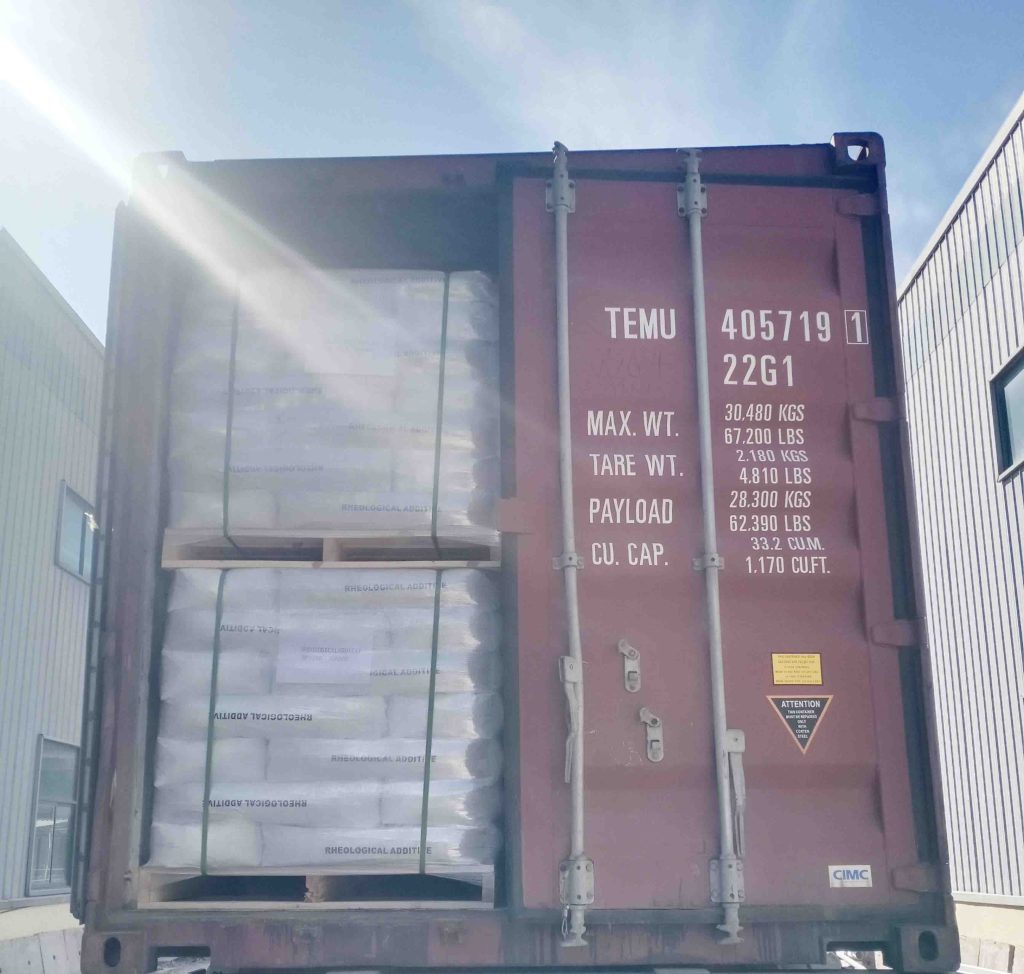sandblasting glass beads

sandblasting glass beads
Typically, sandblasting glass beads with sizes ranging from 60 to 80 mesh are suitable for removing paint from softer surfaces such as plastic box accessories. This surface treatment is relatively precise and does not damage other textures on the surface of the item.
Sandblasting glass beads can also remove slight rust and corrosion on the metal surface, while sizes ranging from 85 to 100 mesh are more suitable for creating a smooth satin finish on metal and stainless steel surfaces.
What Are Bead Blasting’s Applications?
| Aerospace industry | Remove rust and paint from mechanical components to remove knife marks. |
| Remove scratches on the rubber | Reflective paint for roads |
| Scratch treatment on the surface of stainless steel. | |
| Foundry industry; | Pre processing in the electroplating industry. |
| Semiconductor Industry | Crafts for exterior decoration |
Glass Blasting Beads | glass bead blasting
Size of sandblasting glass beads | glass bead blasting media
Model of Bead blasting glass | Sieve Size (mesh) | Particle Size Range(μm) |
WSL17L# | 20~40 | 425 ~ 850 |
WSL 18L# | 30~40 | 425 ~ 600 |
WSL 19L# | 40~60 | 300 ~ 425 |
WSL 20L# | 60~100 | 150 ~ 300 |
WSL 21L# | 70~140 | 106 ~ 212 |
WSL 22L# | 100~140 | 106 ~ 150 |
WSL 23L# | 100~200 | 75 ~ 150 |
WSL 24L# | 140~200 | 75 ~ 106 |
WSL 25L# | 140~270 | 53 ~ 106 |
WSL 26L# | 200~325 | 45 ~ 75 |
Specification of Bead blasting glass
To achieve a smooth and polished surface, we recommend using smaller
Selecting the right equipment is also crucial when sandblasting. We suggest that, in addition to choosing the correct size of glass beads, you carefully read the sandblasting equipment’s user manual. Glass bead blasting abrasive will help you achieve the desired sandblasting results more effectively.
| Specific gravity | 2.4-2.6 g/m3 |
| Stacking density | 1.5g/cm3 |
| Type | Blasting / Shot Peening Media |
| Spherical | |
| Rockwell hardness: | 46HRC |
| Mohs | 6-7 |
| Round rate | 80% |
| Melting point | 710-730 ℃ |
| Index of refraction | 1.5—1.6 |
What Size sandblasting glass beads?
We use mesh size to measure the size of glass beads—the higher the mesh number, the smaller the glass beads.
Size of the Surface to be Sandblasted
The most common sizes are 30-40 mesh, 40-60 mesh, 60-80 mesh, 80-100 mesh, and 100-170 mesh.
30-40 mesh : Sandblasting glass beads are primarily used for removing rust spots from metal surfaces and for engraving on glass and stone surfaces.
40-60 mesh : glass bead for blasting are more suitable for cleaning and polishing surfaces like stainless steel and metal, achieving a clean and matte finish.
60-80 mesh : glass beads for bead blasting are ideal for removing light rust and corrosion from metal surfaces. They are also suitable for removing paint from softer surfaces like plastic ornaments and wood.
80-100 mesh: glass beads can create a smooth, satin finish on metal surfaces, effectively removing paint and rust to achieve a refined surface.
In summary, the choice of glass bead size depends on the desired surface treatment outcome.
Glass beads are a highly efficient abrasive used in sandblasting, capable of producing a smooth surface finish. The choice of the appropriate bead size will directly impact the final surface treatment result.
Due to their uniform size, low dust emission, and ability to remove burrs while creating a smooth surface, glass beads are highly favored by sandblasting users.
If you are working with softer surfaces like wood or plastic, we recommend using our smaller-sized glass bead blasting abrasive to achieve a smooth finish. Conversely, for harder surfaces, our larger-sized glass beads will be more suitable.


